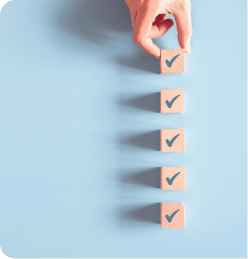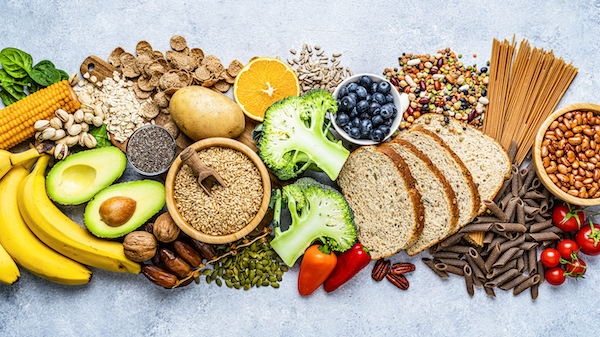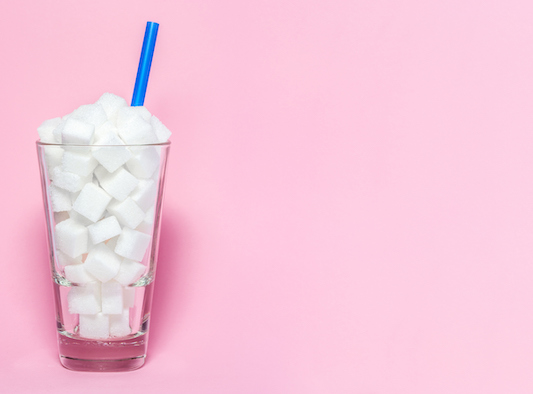Ditching dairy with a dairy-free challenge can really be a benefit for you. Of course, if you’re a cow, then the following is not going to apply to you — but if you’re a woman just like me, then hang on to your hats. The following information is going to enhance your health in many different ways.
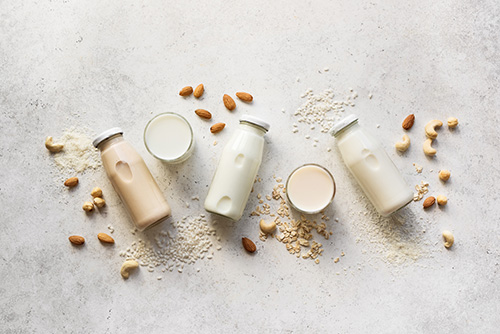
An edited transcript of Dr. Stills’ popular video is below.
Eliminating dairy worked for me
I grew up very sick, with severe allergies and asthma. No matter what was done for me, nothing seemed to help until I got dairy out of my diet. The results were amazing.
It helped so much in alleviating my debilitating allergies and asthma. Before going dairy free, I couldn’t even go out of the house if the grass was being cut. If I did, I would have an allergy attack and couldn’t breathe.
Now I’m really passionate about helping you get dairy out of your diet.
How sensitive are you to foods that cause allergies?
One way to understand how things work when you’re thinking about allergies is to use my backpack analogy. Let’s say we’re all born with different-sized backpacks.

Some of us have very strong constitutions. One example is the hundred-year-old grandma, rocking on the porch while she’s drinking and smoking. She’s got a huge backpack. It doesn’t matter what she does. She doesn’t become symptomatic and just goes through life like a breeze.
And then there are other people like me, with these teensy-weensy, itty-bitty backpacks. For us, environmental allergens, stress or other issues — along with foods we’re sensitive to — make our backpacks overflow.
An overflowing backpack shows up as symptoms. In my case, they were really severe allergies and asthma. If you are still eating dairy, I encourage you to take it out of your diet for a short time and see how that works for you. I’ve seen it change lives.
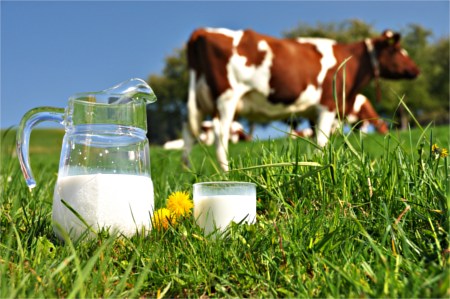
Are your symptoms caused by dairy?
What are some issues that can be caused by the ingestion of dairy? Here’s a short list:
- Allergies, asthma and other respiratory issues — even chronic bronchitis
- Joint pain
- Skin issues like eczema, rashes, dry skin and acne
- Sinus issues like chronic sinusitis
- Digestion problems like bloating
Even emotional issues can be caused by eating dairy if we’re sensitive to it.
Dairy can also be really addictive. When I ask patients, “What do you love to eat? What’s your favorite food?” they often say cheese or ice cream. Then I know they are going to fight me tooth and nail when I say, “I’d like you to give up dairy.”
One of the reasons for giving it up is casein, the protein in the dairy. It can have an opioid-like effect. And with any food addiction, like sugar, the first 48 to 72 hours going through withdrawal are usually the most difficult. But sometimes, you’ve just got to suck it up and roll with the punches for a couple of days to get really amazing benefits!
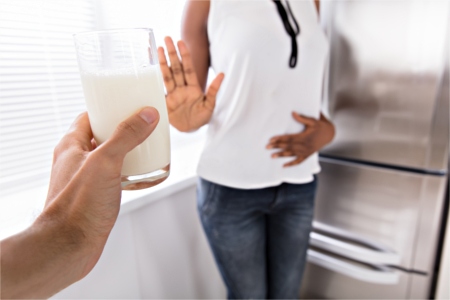
Ingesting dairy also increases oxidative stress in the body because milk is one of the main sources of d-galactose, which helps drive inflammation and oxidative stress. That can show up as a shorter lifespan, neurodegeneration or decreased immune function. These are serious issues!
No matter where we acquire exposures that stress our bodies, it’s up to us to empty our backpacks of the things we have control over – the main one being the food you eat.
What about getting enough calcium without dairy?
You are probably thinking, “If I don’t drink my milk or eat dairy products, how am I going to get calcium?” The Dairy Council is a great lobbying organization. It drilled it into our heads at a young age that we need to drink milk to get calcium or our bones are going to fall apart, and we’re going to end up with osteoporosis.
That’s just not true. Plenty of other good-for-you foods have calcium.
Foods that are high in calcium but dairy-free
- Poppy seeds, sesame seeds, celery seeds, chia seeds
- Leafy greens, like collards, kale and, my favorite, okra
- Beans and lentils
- Spinach, although it’s high in oxalates that can make calcium less available
- Sardines and salmon
- Almonds — the nut that’s highest in calcium
- Figs — the dried fruit that is highest in calcium. Eat dried fruit sparingly and soak it in water overnight to reduce the sugar.
- Rhubarb and edamame beans
- Tofu, if you’re not sensitive to soy. Be sure it’s organic and not genetically modified.
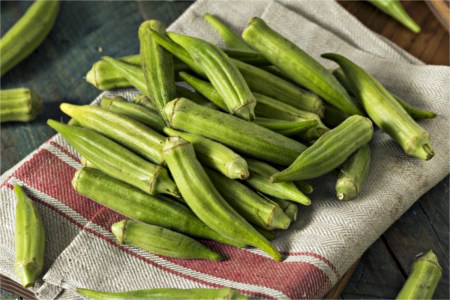
Think about what avoiding dairy actually means!
You have to really think hard about any food when you’re avoiding certain ingredients. I once had a patient who, after I told her to avoid corn, showed me her food diaries, and I saw that she was eating popcorn and corn tortillas. In her mind, she thought, “I can’t eat corn on the cob or corn out of the can.” But she didn’t realize she was overlooking many foods that contained corn that needed to be avoided.
“No cheese” is a big one, and it includes cream cheese, cottage cheese, ricotta, Parmesan, sour cream, etc. And no yogurt, custard, pudding or ice cream — even when it’s summer! Nothing with whey is allowed either, and this is often found in protein shakes. Sorry, whey is dairy.
If you start looking into dairy alternatives, still watch out for casein. Sometimes even a rice substitute has casein in it. So read all labels and avoid casein.
What about eggs and butter?
Eggs can be allergens for some people, but that’s a separate story — they aren’t dairy.
But butter is made from milk and is 80 to 82% fat. However, my experience with patients is that butter is typically not an issue. You can usually do the dairy-free challenge and still eat real butter. Please do not eat margarine, as it is very unhealthy. And you want to make sure your real butter is from grass-fed cows.
You can also try ghee in place of butter because it has no casein or lactose. You can make it yourself but it’s easier to just buy it at the store. It’s a great thing to use for cooking and for putting on top of certain foods.
Getting started with a 30-day dairy-free challenge
There are different kinds of dairy. For example, there’s goat’s milk. Sometimes when you can’t have cow cheese, you’re okay with goat or sheep cheese, or camel or buffalo mozzarella.
When you’re doing the challenge, I recommend you do it for 30 days because that turns your body into a laboratory. After 30 days without dairy, your immune system is clear of it and there’s no reaction going on. You’re also likely to notice wonderful benefits in your body.
More often than not, the patients who argue and pound their fists, and fight with me about giving up dairy, feel so much better that they don’t even want to talk about going back to dairy at the end of the 30 days.
What if you really missed your cheese?
What if you want to try goat or sheep cheese? After 30 days is a good idea to try to eat some dairy during the day. Then wait three days and watch if your symptoms come back. Does your nose get stuffy? Does your skin break out? Are you bloated? Are you experiencing respiratory issues?
Once you see the effect, you have a choice to make. Do you stress your body and eat dairy? Or do you decide to avoid it?
When I first gave up dairy, I had a hard time giving up crème brûlée
I loved to eat crème brûlée when I traveled. It was a fun dessert. But then I would suffer. My sinuses got congested and I would get bloated. And I was still making that choice many years ago. But I don’t make that choice anymore because it’s just not worth it to me.
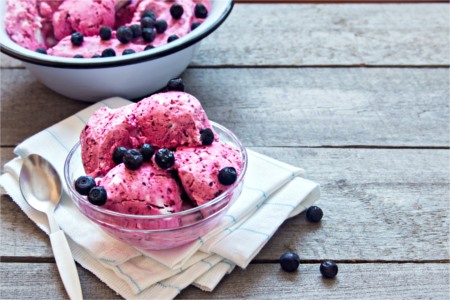
My favorite dairy-free substitutes
When I first went dairy-free 20 to 25 years ago, dairy substitutes did not exist. But now the stores are bursting at the seams with options. Sometimes substituting is an easy way to go, because then the food is not totally out of your diet. Just be aware that plenty of substitutions have processed ingredients that are not the best things for you.
Here are some delicious substitutes I recommend:
Coconut-based dairy substitutes:
- So Delicious coconut whipped cream is super yummy
- Mozzarella cheese made from coconut melts nicely and I use it to make Paleo pizza. Today I made polenta with sauce and cheese and little mini pizzas. If you’re used to eating cheese, these things are going to taste different — but good.
- So Delicious ice cream and yogurts
Pea milk:
Pea milk comes in vanilla and chocolate, and it’s dairy-free with 50% more calcium than milk. It’s got DHA and omega-3s, which are really good for your brain. And it’s soy-free, nut-free, vegan, gluten-free, lactose-free – it’s everything-free except taste-free! You could use this in place of milk.
Other milk substitutes:
- Organic coconut milk
- Almond or cashew milk
- Hazelnut milk
- Soy milk, although I don’t recommend it for my patients
Brands to look for:
- Daiya: These products often contain coconut and tapioca. There’s cream cheese, shredded cheese, frozen pizza and more. You could have a gluten-free bagel in the morning with a schmear of this cream cheese.
- Kite Hill: These products are made from almond milk. And almonds are the nut that’s highest in calcium. There’s also cream cheese, yogurts and I’m a big fan of their sliced cheeses. The foods are a little pricey, but they taste delicious.
- Miyoko’s: Try the vegan cheese wheel made from cashews with miso, rice and coconut.
If you go to a health food market or Whole Foods, take a stroll down the milk and ice cream aisles — there are so many different dairy-free alternatives now next to the other milk products. It’s the same in the yogurt aisle — just look at your options and try a few to find the ones you like best.
Set yourself up to win
I want to set you up to win this dairy-free challenge. One of the best things to help yourself to succeed with any change to your diet or lifestyle is to plan it out so you are prepared. For example, if you always drink a cup of coffee with milk in it and you stop by the coffee shop that doesn’t offer milk substitutes, you know you need to bring your own. Or plan to try to drink your coffee black. You just have to think it through so you’re not stressed or rushed and end up reaching for the wrong products.
Consider finding important substitutes before you even start your 30-day challenge so you already know you enjoy them. This helps prevent you from being disappointed or bummed about a taste that makes you revert to your dairy ways.
Commit to going dairy-free at least for a time
Your commitment has got to be 150 percent! There is no in-between because if you eat any dairy, your immune system will react. If you take out some, but then you eat a little, your body might actually have a hyper-reactivity to the dairy. So, go for the gusto and take it out entirely.
If you’re eating out, you can still stick to the plan. I travel all around the world and I don’t eat dairy. Let a restaurant or host know you don’t eat milk products. Don’t assume that because the menu says you’re getting chicken, potatoes and carrots that there’s no dairy in the dish. They might have a milk-based sauce or use milk for the potato. Communicate with your waiter or waitress and let them know you have an allergy to dairy and you need to make sure your food is dairy-free.
Obviously when you stay in, you have more control of your food. But many of you eat out, so don’t use that as an excuse to cheat on your challenge.
![]()
You will see progress
Before you get started going dairy-free, track the symptoms you’re having. Maybe you’re tired, or have brain fog. Do your joints hurt? Are you overweight? Weight loss can also occur when you stop eating dairy. If you’re allergic or sensitive to a food, it can make you gain weight. How’s your skin? How are your bowel movements? These are all good questions to ask before you get going full-speed.
I often recommend that my patients make a list grading their symptoms on a scale of one to 10 before the 30-day challenge, and then look at that list to compare where you are after the challenge.
I don’t like to use the word “guaranteed“ but I can promise you that something good will happen if you take dairy out of your diet.
And stay open to the possibilities!
Maybe you’re doing this because you want to get rid of bloating, but after the challenge, the bloating doesn’t go away. But maybe your headaches and your migraines do disappear, and you lose 10 pounds.
I believe in you. You’ve got this! You can do it and it will enhance your health more than you can imagine. Good luck and have fun!
 |
For more great tips, see Dr. Stills’ blog 5 steps to get started with a dairy free diet. |







